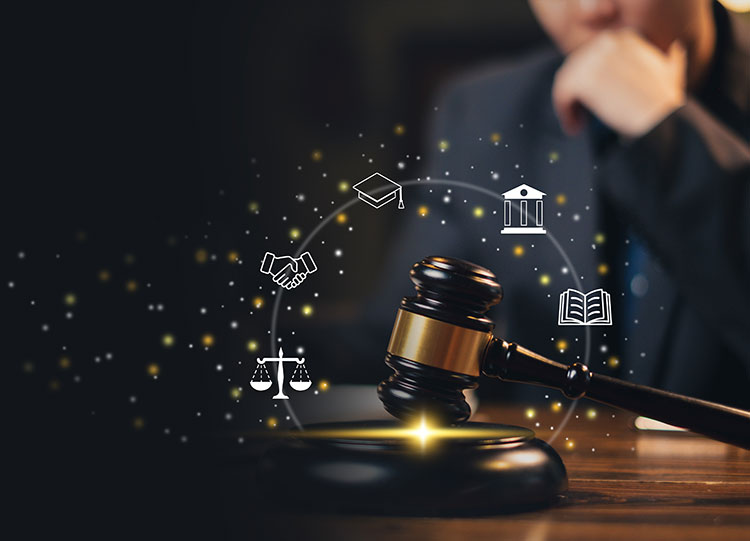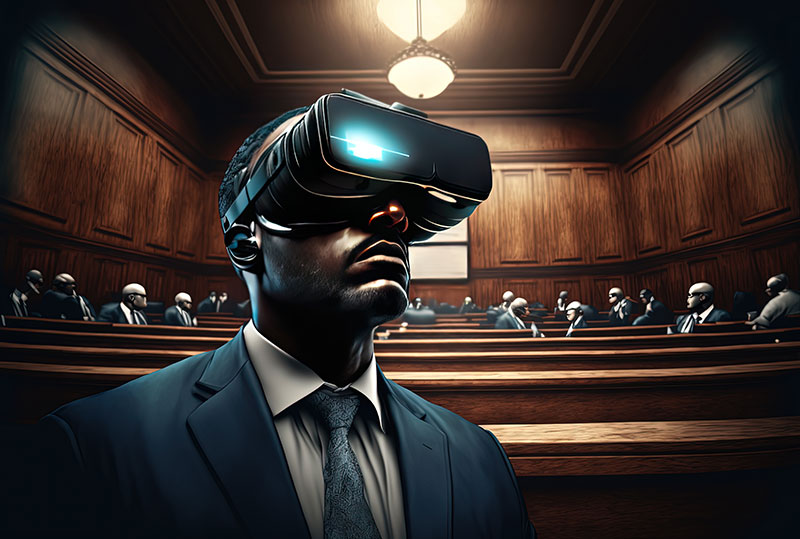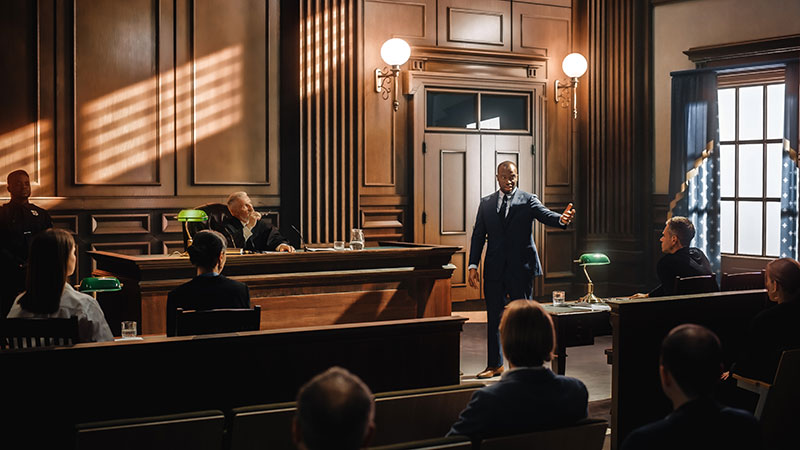In today’s legal landscape, clarity and communication are central to building a strong case. Trials are often filled with technical language, expert testimony, and complex events that may be difficult for a jury to follow. This is where courtroom illustration becomes a powerful tool in legal services. These illustrations are more than drawings—they are structured visual aids designed to simplify, explain, and support key parts of a case. LawFX, a leader in legal visual communication, provides courtroom illustrations that enhance trial presentations and help legal teams connect with jurors meaningfully.
Courtroom illustrations have become an essential part of litigation support. When done right, they make it easier for judges and juries to understand facts, follow sequences of events, and remember critical information. At LawFX, creating these visuals combines legal insight, artistic skill, and precision. The result is a set of visuals that tell the story and help win cases.
What Is Courtroom Illustration and Why Does It Matter?
Courtroom illustration refers to images created specifically for use in legal settings. These visuals are based on case evidence, expert opinions, and legal strategy. They can depict car accidents, industrial incidents, surgical procedures, or defective product use. Unlike the media sketches journalists use during high-profile trials, these illustrations are designed for courtroom use to clarify testimony or support exhibits.
In court, where jurors must absorb large amounts of information, courtroom illustrations help turn complex evidence into simple visual stories. LawFX creates these visuals with a focus on legal accuracy and clarity. Their illustrations are tools, not filler. They guide jurors through the most technical aspects of a case by showing rather than telling.

How LawFX Supports Legal Services with Courtroom Illustration
LawFX works closely with attorneys, trial consultants, and litigation support teams to craft visuals that match the needs of each case. Their work falls within several relevant service categories, including Legal Services, Litigation Support Service, and Trial Consultant. These categories highlight their dual role: creating visual content and helping develop how it will be used in court.
Each courtroom illustration by LawFX is custom-made. Their team collaborates with attorneys to understand the case, then uses expert input and source material to build the visuals. Whether showing how a fall occurred in a personal injury case or breaking down a failed safety process in a workplace accident, LawFX ensures the final product meets courtroom standards and enhances the legal team’s argument.
The Role of Courtroom Illustration in Trial Presentations
Attorneys have limited time in a courtroom to make their case. Trial presentations must be efficient, clear, and persuasive. Courtroom illustration allows lawyers to demonstrate their main points visually. These illustrations often accompany oral testimony or expert explanation, reinforcing what the jury hears with what they see.
Jurors tend to retain visual information better than verbal information alone. A well-designed illustration can make a technical process easier to understand. This is especially true in medical malpractice cases, vehicle collisions, and industrial failures. LawFX visuals are created with this purpose in mind. Their illustrations align with the trial narrative and help attorneys effectively deliver their argument.
Understanding the Difference Between Trial Graphics and Courtroom Illustration
It’s important to distinguish between trial graphics and courtroom illustrations. Trial graphics may include charts, bullet points, timelines, and slide decks. These graphics are typically used to organize and display facts. Courtroom illustrations, by contrast, are designed to depict specific scenes or events visually.
At LawFX, both tools are often used together. The combination helps build a complete visual presentation. Trial graphics help structure the argument, while courtroom illustrations show the story. Together, they form a consistent visual theme that makes the case easier for jurors to follow.
Who Uses Courtroom Illustration in Legal Services?
LawFX serves a wide range of legal professionals. Attorneys working in personal injury law, product liability, medical malpractice, and industrial safety rely on visuals to explain complicated evidence. Litigation support teams also use illustrations to prepare trial, mediation, and arbitration materials.
Trial consultants often recommend courtroom illustrations to strengthen the presentation strategy. These visuals are helpful during opening statements, expert testimony, and closing arguments. Even outside of court, attorneys use them in depositions or settlement discussions. LawFX ensures each illustration is versatile enough to fit into multiple parts of the legal process.

Practice Areas That Benefit from LawFX Trial Presentations
Many areas of law benefit from visual aids during trial. In personal injury cases, illustrations can show how an accident occurred or depict the extent of physical damage. In product liability cases, they may explain how a defect caused injury or harm. In construction and industrial incidents, visuals help show unsafe conditions or equipment malfunctions.
Medical malpractice cases often involve terminology and procedures difficult for non-medical jurors to follow. LawFX creates visuals that show the anatomy involved, surgical steps, or diagnostic errors. This level of clarity helps jurors grasp the case without needing a medical background.
The Process Behind LawFX Courtroom Illustrations
The process at LawFX begins with a consultation. Attorneys provide background on the case and discuss what they need the visuals to accomplish. LawFX then collects evidence and expert input, including police reports, photographs, witness statements, or medical charts.
Once the research is complete, LawFX creates initial sketches or digital drafts. The legal team reviews these for feedback. Adjustments are made to ensure accuracy and consistency with testimony. After revisions, the final illustration is produced and delivered in the format required for courtroom display.
Each step of the process is built around collaboration. LawFX believes the best results come when attorneys and designers work together. This ensures that the final illustration looks professional and serves its purpose in court.
How Courtroom Illustration Improves Jury Comprehension
One of the main reasons courtroom illustrations are so practical is that they help jurors understand the case. Most jurors do not have specialized knowledge in medicine, engineering, or industry-specific safety. When an expert takes the stand and begins to explain a procedure or mechanism, visuals are often needed to support that testimony.
By using courtroom illustrations from LawFX, attorneys can ensure the jury is not confused or overwhelmed. Instead of asking jurors to imagine what happened, the illustration shows them directly. This improves memory retention and helps jurors make better-informed decisions when it’s time to deliberate.
Legal Admissibility and Standards
It’s important to note that courtroom illustrations must meet legal standards for court use. They must be fair, accurate, and not misleading. LawFX understands these requirements and creates illustrations designed to meet the rules of evidence.
Their team works closely with legal teams and expert witnesses to ensure each illustration is based on verified information. They avoid exaggeration or artistic license that could raise objections in court. This attention to detail helps ensure that LawFX visuals are compelling and admissible.
Using Courtroom Illustration in Pre-Trial and Settlement
Courtroom illustrations are helpful not only during the trial but also before it. Attorneys often use them in mediation, arbitration, or pre-trial negotiations. A clear visual presentation can influence the outcome of a settlement by showing the opposing party the strength of the case.
Visual aids can also help simplify complex cases for mediators or opposing counsel. When both sides understand what happened more clearly, the chances of reaching a fair settlement improve. LawFX provides visuals that can be used throughout the legal process, making them a flexible and valuable resource.
Frequently Asked Questions
What types of visuals does LawFX create for legal services?
LawFX creates courtroom illustrations, trial graphics, 3D animations, and interactive exhibits. Each visual is built from scratch to suit the case’s specific needs.
Are LawFX illustrations accepted in court?
Yes. LawFX follows courtroom standards and works with legal teams to ensure illustrations are based on evidence and expert testimony. Their visuals are designed to be admissible and defensible.
How do courtroom illustrations differ from other legal visuals?
Courtroom illustrations depict scenes, processes, or injuries in detail. Trial graphics, on the other hand, present information like timelines, data, or text summaries. Both are used together to build more substantial presentations.
Can LawFX visuals be used outside of trial?
Absolutely. Their illustrations are helpful in mediation, arbitration, depositions, and settlement conferences. They are designed to be adaptable and practical in multiple settings.
How long does it take to get a completed illustration from LawFX?
The timeline depends on the complexity of the project. Simple visuals may be ready in a few days, while more involved illustrations may take one to two weeks. LawFX works closely with clients to meet their deadlines.
Final Thoughts
Courtroom illustration is an integral part of today’s legal services. It helps attorneys explain their cases clearly, supports expert testimony, and improves jurors’ understanding of complex evidence. LawFX stands out as a leader in this field. Their visuals are accurate and professional and aligned with legal strategy.
In every case, LawFX builds visuals that tell a story. They help attorneys focus their message, keep jurors engaged, and guide the court through difficult topics. As trials become more complex, tools like courtroom illustrations are no longer optional. They are a vital part of how lawyers present their arguments and achieve better results for their clients.
If you’re preparing for a case and want to make your evidence more powerful, LawFX offers the expertise and support you need. Their courtroom illustrations turn facts into clear, persuasive visuals—bringing your story to life in the eyes of the jury.


